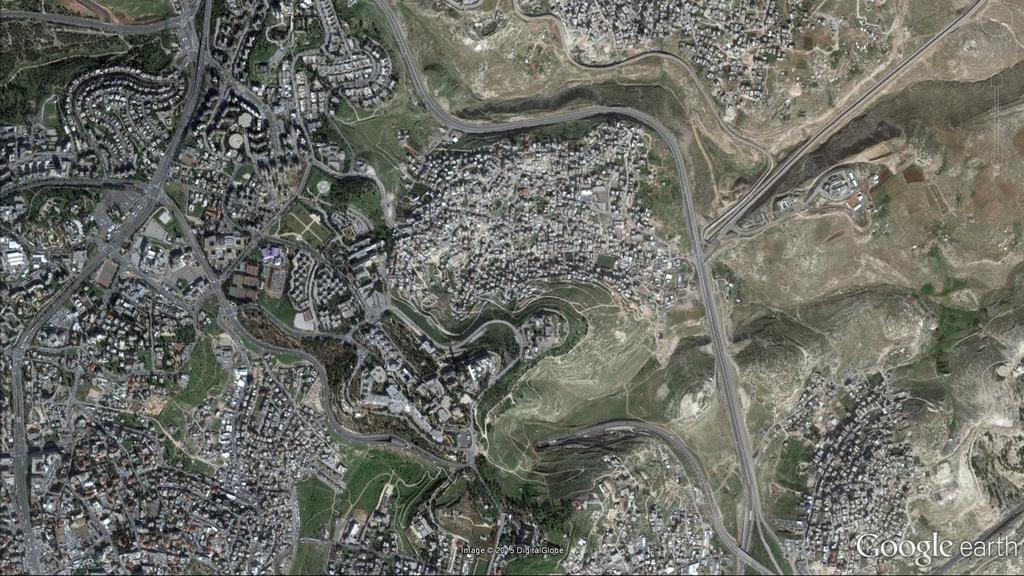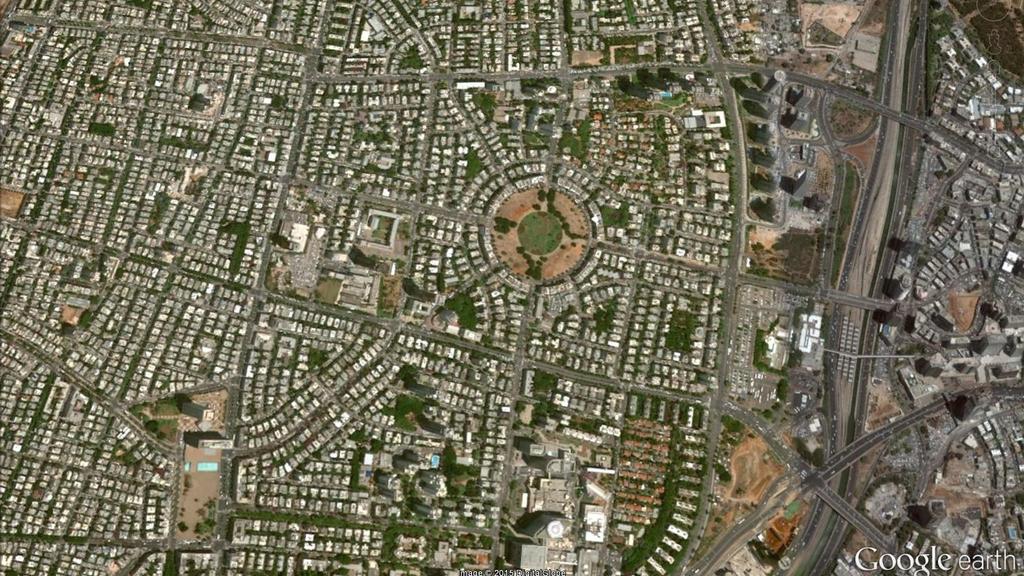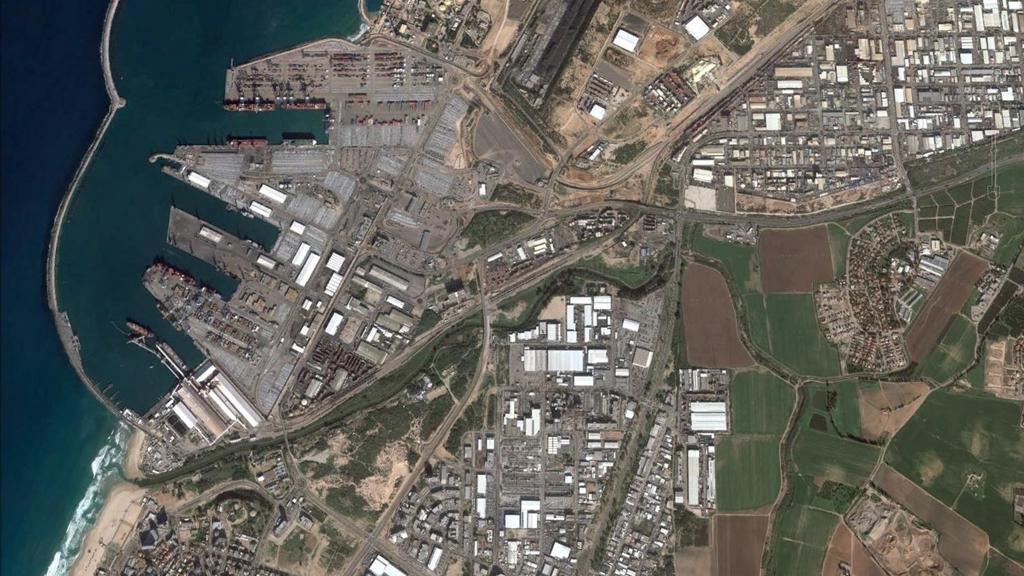An Israeli official flagged a possible security risk on Monday following a U.S. move to allow American providers to sell clearer satellite images of Israel and the Palestinian territories.
Under a 1997 U.S. regulation known as the Kyl-Bingaman Amendment, satellite images of Israel and the Palestinian territories used in services like Google Earth could show items no smaller than 2 metres (6.56 ft) across.
The curb, Israel had argued, would help prevent enemies using public-domain information to spy on its sensitive sites.
But the U.S. Commercial Remote Sensing Regulatory Affairs Office said on June 25 it would allow enhanced resolutions of 0.4 metre. In a statement, the agency said "a number of foreign sources" are already producing and disseminating sub-2 m. imagery of Israel.
Amnon Harari, head of space programmes at Israel's Defense Ministry, said he believed the move was designed to ease international competition for U.S. commercial satellites, adding: "I don't think they (Americans) asked us" in advance.
"We are in a process of studying what exactly is written there, what exactly the intentions are, what we can respond to, ultimately," Harari told Israel's public radio station Kan.
"We would always prefer to be photographed at the lowest resolution possible. It's always preferable to be seen blurred, rather than precisely."
Israel worries that Lebanon's Hezbollah and Gaza's Hamas militants could use commercial satellite images to plan rocket strikes on key civilian and military infrastructure.
Higher resolution images could also potentially help track the expansion of Jewish settlements in the West Bank which opponents see as obstructing Palestinian statehood hopes.
Hagit Ofran of Peace Now, an Israeli anti-settlement monitor, welcomed the prospect of sharper images. With lower quality photos, she said, "it is difficult to know if what you are seeing is a new house or just a chicken coop".
Google Earth referred Reuters to third-party providers when asked if the U.S. move would affect the satellite images it publishes of Israel and the Palestinian territories.
One such U.S. company, Planet, said in a statement: "When the policy change goes into effect, we will follow the new provisions for providing high resolution imagery of the region."




